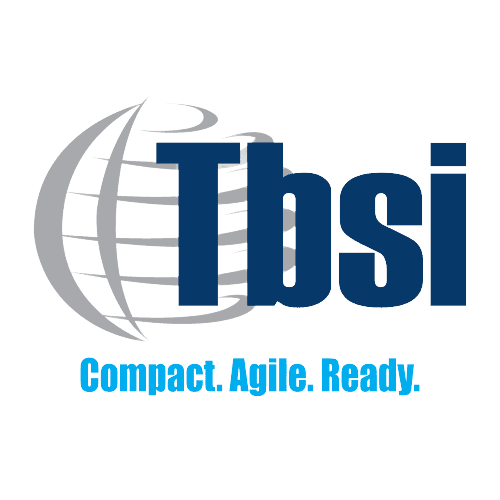Key Considerations in Metallurgical Testing
Metallurgical testing is a set of techniques and procedures that evaluate and analyze metallic materials’ properties, composition, and behavior. It is an essential part of the materials engineering field for assessing the quality and suitability of metals and alloys for specific applications. It is also often conducted to investigate the root causes of component failures or material defects.
This assessment provides valuable data and insights that enable engineers and materials scientists to make informed decisions about material selection and failure prevention. The following are some of the most significant considerations in metallurgical testing:
1. Sample Preparation
Proper sample preparation is crucial for obtaining representative and consistent results. It involves careful selection and prearrangement of specimens, including cutting, grinding, polishing, and etching. The sample size, shape, orientation, and location should be chosen to ensure that the test accurately reflects the material’s properties and microstructure.
2. Test Selection
Different metallurgical tests are available to evaluate specific properties and characteristics of metallic materials. Choosing the appropriate test method depends on the desired information and the material’s nature. Consider factors such as the mechanical properties of interest, the material’s form, and the specific industry standards or regulations to be followed.
Examples of test methods and services are as follows:
- Metallography evaluation refers to the broader process of assessing and understanding a material’s microstructure, composition, and properties. It involves both the examination of the microstructure and the interpretation of the observed features.
- Metallographic examination specifically focuses on the microscopic examination and observation of a material’s microstructure. It uses microscopic techniques, such as optical, scanning electron microscopy (SEM), or transmission electron microscopy (TEM).
- Metallurgical analysis comprehensively investigates and assesses metallic materials, including their composition, structure, properties, and behavior. It is a broad term encompassing techniques and methodologies used in testing and research.
3. Equipment Calibration
Calibration involves comparing measurement values obtained from the testing equipment to a known standard or reference. It is critical to verify that the equipment is functioning correctly, providing accurate measurements, and maintaining its performance over time. Proper calibration activity documentation helps establish the test results’ traceability and reliability.
Here are examples of equipment and tools for calibration:
- Calibration weights
- Micrometer
- Vernier caliper
- Dial indicator
- Pressure gauge
- Temperature probe
- Torque wrench
- Tensile testing machine
4. Standardization and Quality Control
Standardized methods provide clear guidelines for conducting specific tests and analyses in metallurgical testing. They define the test procedures, sample preparation methods, equipment requirements, and data analysis techniques. Notable organizations that developed these standards include the American Society for Testing and Materials (ASTM) and International Organization for Standardization (ISO).
On the other hand, quality control measures encompass practices implemented throughout the testing process to ensure the accuracy, reliability, and traceability of results. These include equipment calibration, proficiency testing, inter-laboratory comparisons, documentation and record-keeping, personnel training, and adherence to standard operating procedures.
5. Data Interpretation
Metallurgical testing generates substantial data, including numerical measurements, microstructural images, and other observations. Proper data interpretation requires metallurgy and materials science expertise to analyze and draw meaningful conclusions. It also involves understanding the relationship between test results and the specific application requirements.
6. Reporting and Documentation
Transparent reporting and documentation help stakeholders including clients, customers, and regulatory authorities understand the testing process and the basis of the reported results. The reports should contain detailed information about the sample, test methods employed, equipment specifications, and relevant environmental conditions.
Documentation of test results also allows for long-term archiving and future reference. Test reports and associated documentation must be securely stored, ensuring the results are preserved and accessible for future analysis, comparisons, or investigations. Archiving these records facilitates the traceability of historical data, which enables the identification of trends or patterns over time.
Partner With TBSI for High-Quality Steel Components and Fabrication Services
At TBSI, we strive to provide high-quality steel components and fabrications that meet or exceed your expectations! Our products undergo rigorous quality control measures, ensuring they meet the highest industry standards and specifications. Our dedicated team is also here to provide personalized support and guidance throughout the process.
Contact us to learn more about our service, or request a quote to get started!
